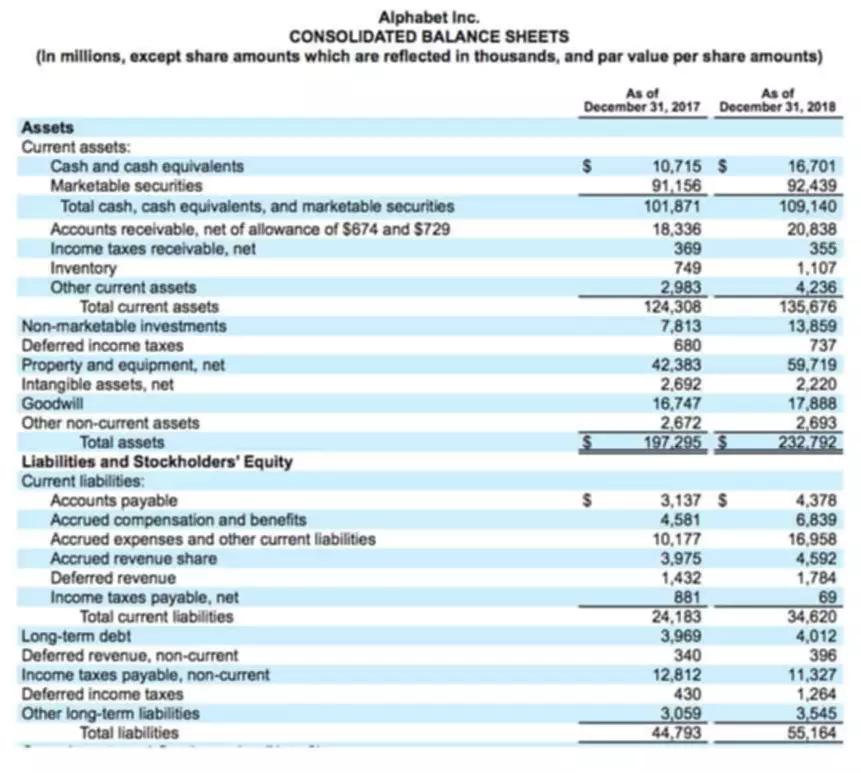Content

A statement of activities figures out what the changes in net assets are. Your bookkeeping method should support “fund accounting.” This means that you can track separate folders of money, instead of storing it all in one cash account. Nonprofits should track revenues and expenses for multiple program service areas and product lines. Before a nonprofit begins the budgeting process, there are key concepts and terms that all members of the organization should understand. Bookkeeping, accounting, and auditing are three processes that may appear to overlap, especially in a small organization. They accomplish different goals, but they use the same information.

This is an excellent book on the basics of non profit bookkeeping fundamentals. This book is really helpful for my volunteer work with a local nonprofit. It is fairly condense and focused on info I need to know for bookkeeping & financial record keeping.
Reader Reviews for this Book
Tiffany Couch, CEO of forensic accounting firm Acuity Forensics, says this is one of the biggest mistakes not-for-profit organizations make. Most businesses and nonprofit organizations operate on annual budgets throughout their calendar year. Well planned out budgets guide nonprofit’s down a path of knowledge of how to best use their resources to remain financially healthy. Bookkeeping is the systematic recording of transactions that affect the financial operations of an organization. While most of these transactions are monetary, nonprofit organizations also receive non-monetary donations that also must be recorded if they meet certain criteria.
The accrual method is best for organizations with larger amounts of funding, paid employees, and is seeking donations or grants from foundations or the government. It is the generally accepted standard, therefore while it may be more difficult in the beginning, it will be worth it in the long run. A little more complex than the cash method, accrual accounting focuses on when revenue bookkeeping for nonprofits was actually earned and when expenses were actually incurred. On the other hand, because of its simplicity, there is a margin for error when it comes to budgeting properly. The cash method tracks limited information and cannot report non-monetary income like in-kind donations. It also fails to foresee potential problems because it is only focused on what cash you have now.
Form 990
Those different courses of funds need to be put in separate accounts to be used properly. A way to create financial statements that are accurate and reliable. More and more nonprofits are operating and/or expanding internationally. Deciding which form to file depends on the organization’s classification and whether or not the nonprofit reaches certain spending thresholds. Read more about the various forms available and learn about filing deadlines and penalties for non- and late filings.
501 For all other tax-exempt or not-for-profit entities. You may not operate a university, but you still want to see where you can spend your money, and if restrictions apply to you based on how your funds were acquired. Use an Excel spreadsheet to enter all of your financial information manually.
Not-For-Profit Financial Statements
They normally perform a more analytical function than bookkeepers, who primarily deal with the posting of transactions. Accountants begin with the accounting information and analyze the results, looking for causes and effects. They also are responsible for maintaining the accounting information so that it can be used to generate financial statements for anyone who needs them. This is a good basic book to help new nonprofit bookkeepers without any finance background to conceptualize and understand the how and why of tracking the organization’s finances. However, this book is dated in its approach – with so much information available on the Internet and via software programs, it is not necessarily useful as a hands-on tool. My knowledge of financial matters is rudimentary and I need to understand how an accounting system works to best serve my non-profit.
- But this book gets you started, and will allow you to speak intelligibly with your accountant, avoid egregious errors and maybe even save you money on CPA fees.
- The goal of the nonprofit organization is to improve society without a profit motive.
- If I were king, the Secretary of State would give a copy of this book to every existing nonprofit and especially to every new nonprofit that registers with the state.
- They allow you to compare your budget’s goals to the income and spending over the budgeted year.
This system will help keep track of the petty cash movements for your general ledger. Repeat with checks or any other withdrawals, just be sure to subtract any outstanding checks or withdrawals that are on your list but are not on the bank statement from your balance.
Expert-picked business credit cards with rich rewards and perks
Many nonprofit organizations don’t allocate resources for a professional accountant to manage their finances. Instead, they assign the task to an untrained staff member or volunteer.
Bookkeeping for Nonprofits: A Step-by-Step Guide to Nonprofit Accounting http://t.co/hypqJHQQ #bookkeeping
— Sylvia (@cybermoms) September 23, 2012
Not only do they look good, but they perform at a high level. They allow you to compare your budget’s goals to the income and spending over the budgeted year. Now that you have your bookkeeping system ready, you need to ensure all information coming in and out of your company matches up. Reconciling your bank accounts every month is a great way to ensure accuracy in your books. Track your payroll, petty cash transactions, accounts receivable, and accounts payable. A bookkeeping system designed for nonprofits, with the capability for fund accounting. Overspending a grant budget may have significant financial implications for a nonprofit.
Many organizations make bookkeeping for nonprofits more difficult than it really needs to be. When you implement a few simple tips and tricks to your strategies, nonprofit bookkeeping becomes much more manageable.
- Make sure all of your nonprofit’s transactions go through a dedicated bank account.
- Once something has been recorded as a fixed asset , its life duration needs to be determined so that depreciation can be calculated and recorded.
- Typically, not-for-profit organizations have a financial officer or treasurer.
- The IRS receives more than 70,000 applications for tax-exempt status every year, so be patient when submitting your application.
- As a first time Executive Director of an new nonprofit, it fell to me to either set up and keep books for the organization or find a qualified volunteer to do this for us.

